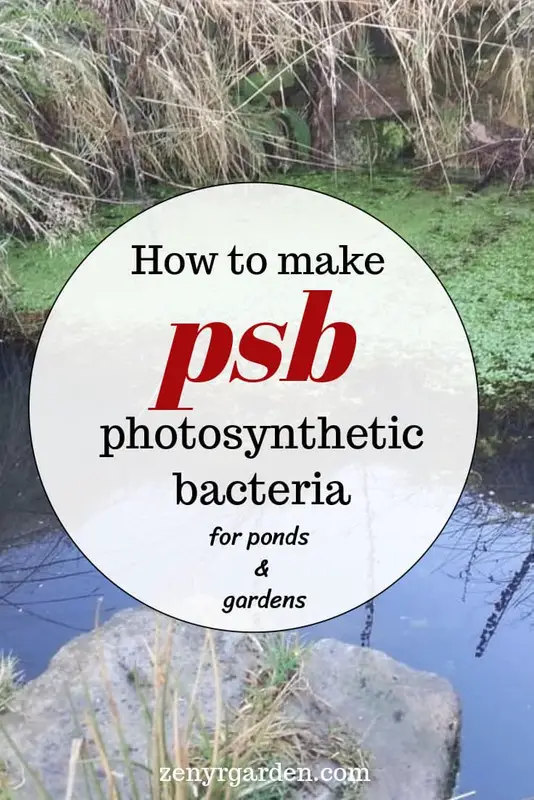Let's try a little experiment of making photosynthetic bacteria (PSB) at home. This bacteria can be used to clear murky ponds and mixed into the EM (effective microorganism) solution to boost the synergistic effectiveness.
For this, first we'll need to prepare some ingredients:
/psb-step-01-prep-ingredients.jpg)
There are only 3 ingredients to be prepped:
- An egg (chicken, quail, duck)
- A few drops of fish sauce
- A bit MSG
These are the foods to be fed for our microbes. We'll show you where the microbes are in a minute.
Then, we can carry on to mix the ingredients together:
/psb-step-02-mix-ingredients.jpg)
After mixing the food, feed the food into a jar of water:
/psb-step-03-feed-food-into-jar.jpg)
The water is where our microbes live. In it, we'll hope to cultivate some PSB that hang around there naturally. Feed a few spoons of food in. More or less is okay.
You could use de-chlorinated tap water for this. Hot spring water, rain water or water from guppy fish ponds also work.
People have seen different results when using different sources of water. For example, spring water yields red PSB whereas rain water sometimes yields green PSB.
Once you've finished scooping in the food for your little guys and girls, we can let them bathe a little in the sun:
/psb-last-step-sunbathe-enjoy.jpg)
Make sure not to let them sit under very harsh scorching sunlight for too long. The heat could kill off the bacteria.
Instead, choose a bright place with good sunlight (not too much of direct sunlight) for them. As these guys are phototropic bacteria, they like the sun and will multiply very quickly under this condition.
Within about 1 month, if the bacteria are active and actually enjoy the foods we prepare, you'll see the solution turn from beige cream to pink and then red.
This means we have successfully collected the PSB and can pour out some to use for the ponds or garden. If it doesn't change color, then we may need to start a new batch.
The scientific names of the pinkish/reddish bacteria are:
- Rhodobacter
- Rhodopseudomonas
Rhodo is Latin for red or something I think.
We'll share with you the results of this batch as it's coming along.
Updates On PSB Results
Up until this point, I can share with you that while I've seen others succeed with it sadly this experiment on my end has failed. After a few weeks in, some part of the egg mixture floats up to the surface while others sink down.
The bottle has been a bit shrunk–like someone has been sucking air out of it. The liquid inside has not changed its color from cream to darker red or green. I guess this might have been the water source or the light.
I may try again some day.
Responses to Readers' Questions
I think they finished the CO2, so nothing to breathe, no more multiplying
--> It makes sense, thanks for your comment. I was thinking of using fish aquarium water. Or the mother culture directly.
Share or pin this post!


